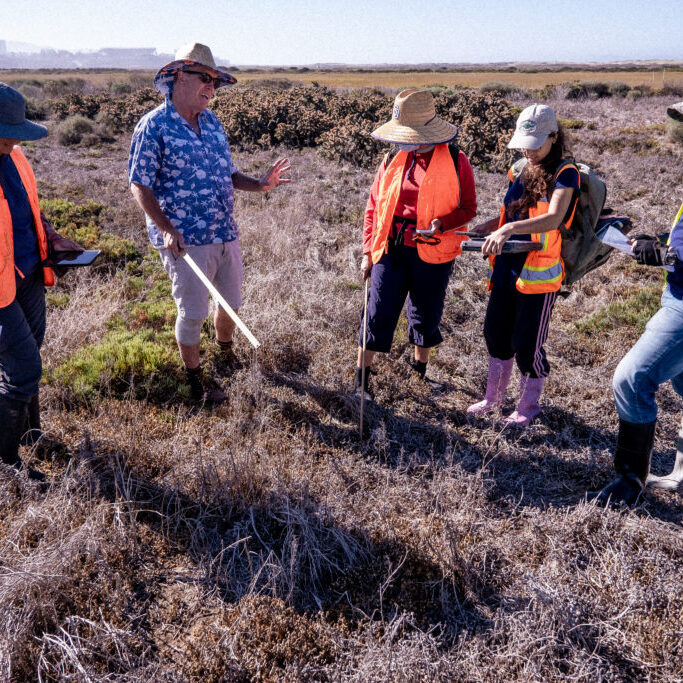Learn about our "Living Laboratory"
The unique socio-ecological setting of the Tijuana Estuary, its diversity of ecosystems, and a long history of science-based management, education, and outreach make the Reserve an ideal “living laboratory.” A primary focus of the Research Program is to track short-term variability and long-term change of local estuaries through monitoring, and many of the monitoring efforts have been in place for decades. At the heart of this is the NOAA NERR System-Wide Monitoring Program, or SWMP. Reserve-based monitoring provides a foundation for a variety of research projects, carried out by universities, agencies, and Reserve staff. The Reserve’s GIS and mapping also provides information crucial for better understanding and managing coastal ecosystems.

Monitoring
Tracking the vital signs of estuaries through long-term monitoring of water, weather, habitats, and biota.
Research Projects
Reserve-based science investigating the past, present, and future of local estuaries.
GIS
Collection and analyses of spatial data supporting management.
